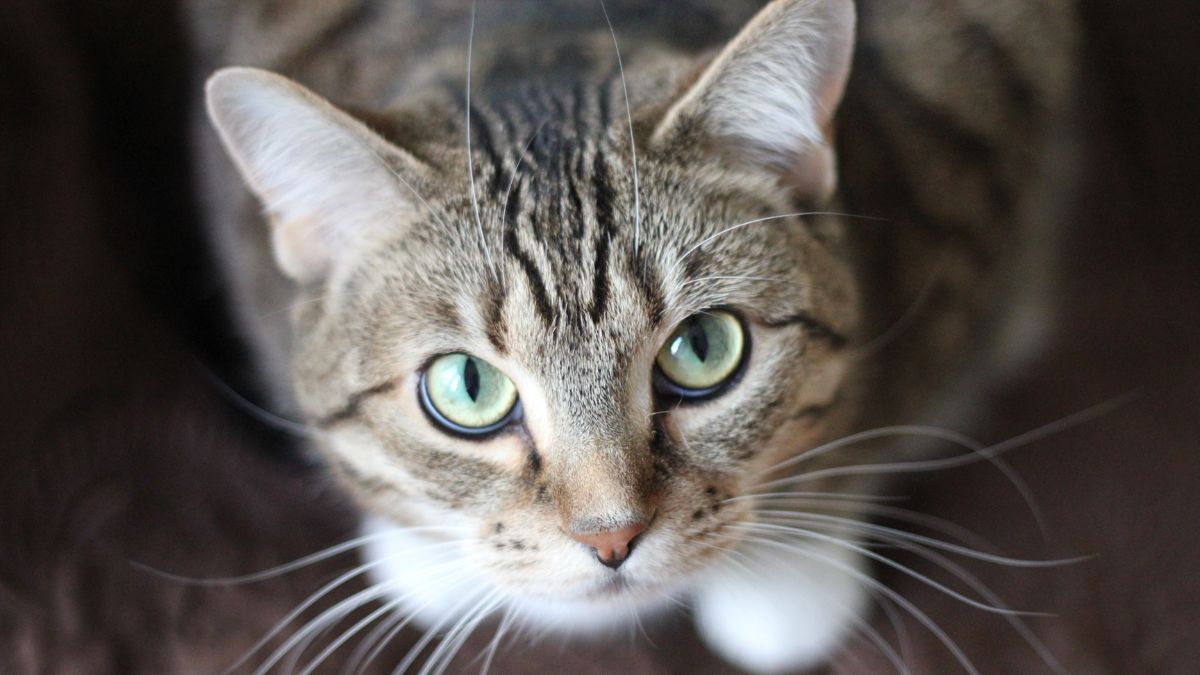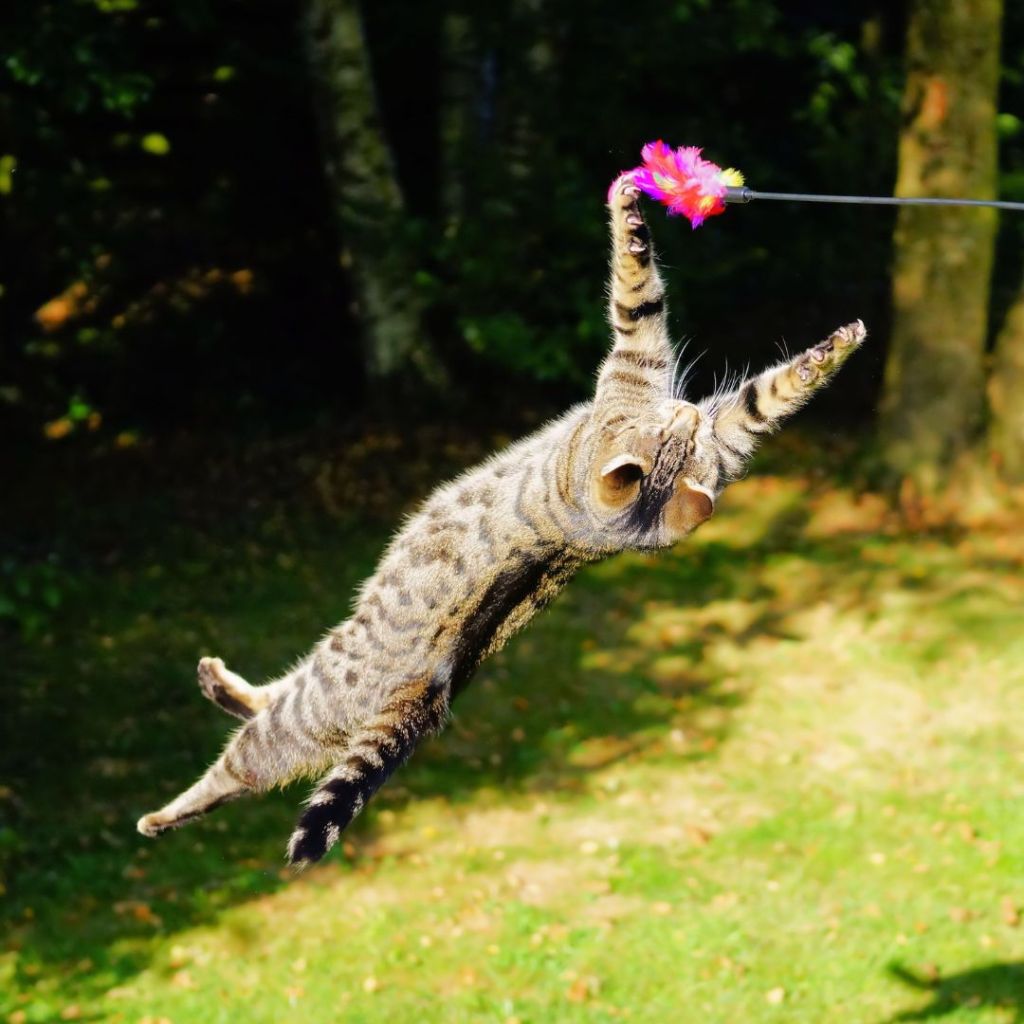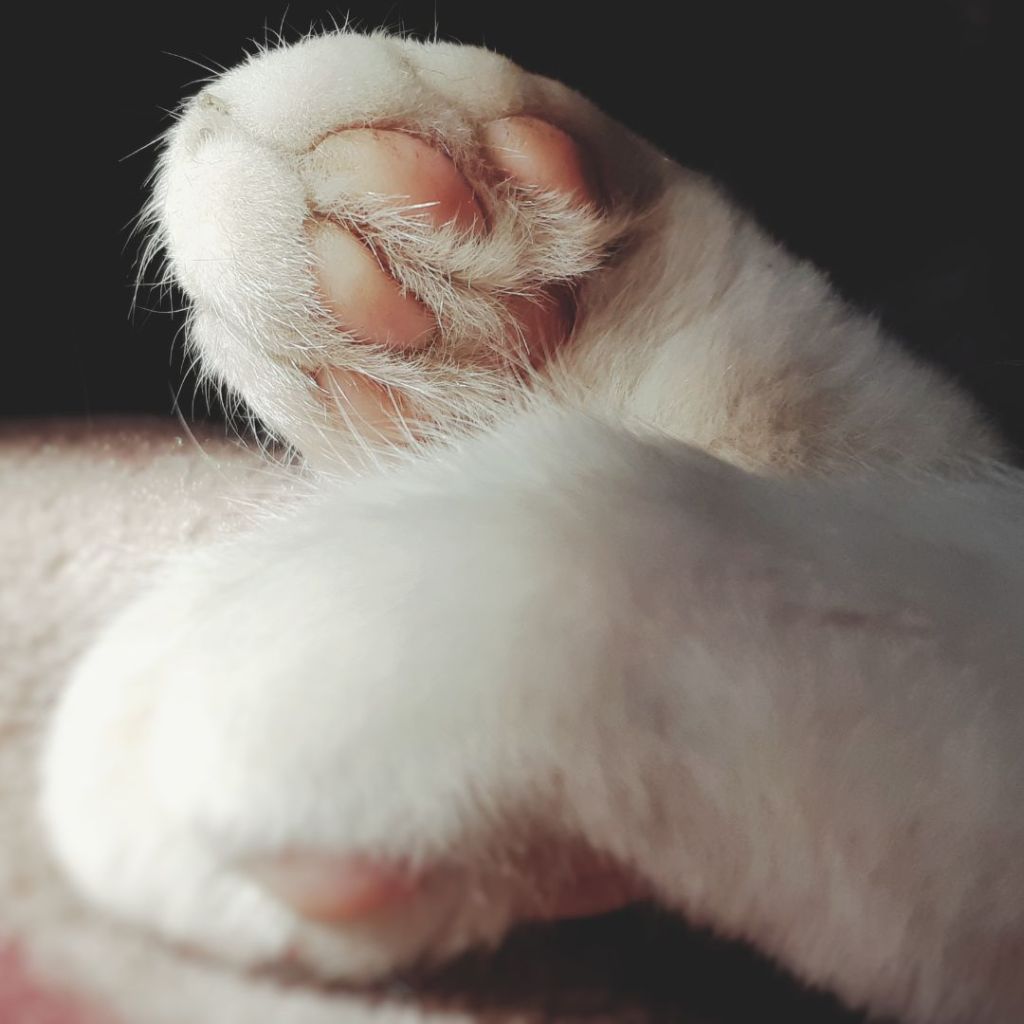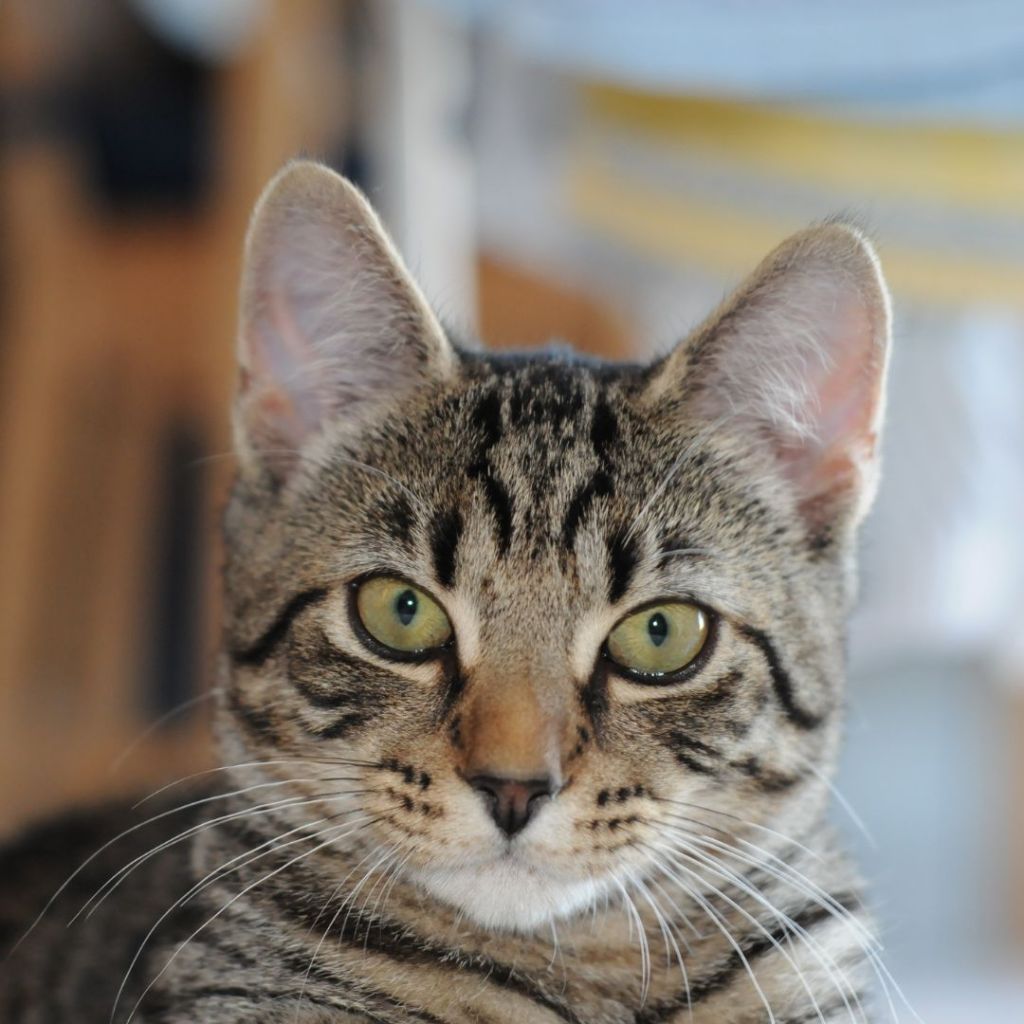
Fascinating Felines: 5 Surprising Facts About Cats
Nov 24 2023.
Cats may be one of the most popular types of pets, but there’s still so much we don’t know about them. There are many surprising cat facts about our beloved furry enigmas, and experts are learning more about feline behavior all the time! Ready to dive into some fun feline factoids? From walking on their toes to detached bones, Cat in a Flat reveals 5 very surprising facts about cats.
Table of contents

Cats can jump up to six times their body length
Your feline may spend a lot of their day sleeping or grooming, but don’t be fooled; cats are some of the most athletic animals on the planet. Your kitty has over 500 muscles in their body, and they use all of them when they jump. This is what makes it possible for Mr Whiskers to jump up to six times the length of their body!
Not only can felines perform these lengthy leaps, but their powerful muscles, flexible spines, and shock-absorbing legs also allow them to change direction mid-air and land on their feet without injuring themselves. But, while our furry friends are certainly agile enough to land on their feet most of the time, it’s not always guaranteed. A fall from a lower height might mean there isn’t enough time for your kitty to turn in time to land safely. And a fall from a higher height could cause injury, even if your feline lands on their feet. This is why open windows can sometimes be an indoor hazard for cats.
So, how high can cats actually jump? Sure, experts say that our furry friends can jump up to six times the length of their body, but what does that really mean? Let’s put this in perspective. The average human can jump 1.5 – 2 feet in the air. So, if a 4-pound cat can jump around 6 feet, then a 100-pound human with the same muscle capabilities should be able to jump 125 feet! This surprising fact really shows how amazing cats are, doesn’t it?

Why don’t cats make noise when they walk?
Another surprising fact about cats is that they are digitigrades. This means that they walk on their toes. Our tiny house tigers may be cute, but they are first and foremost predators (and literally descended from large wildcats!). Walking on their toes allows Mr Whiskers to move swiftly and stealthily, which is ideal for hunting prey. Like their bellies, our fur friends’ paws are also quite sensitive. Hence, this way of walking is designed to reduce sensory overload on your kitty’s toe beans.
Perhaps a more surprising cat fact is how our furry felines place their paws when walking. Like all felines, cats directly register when on the prowl. This means your kitty will place each hind paw in the print of the corresponding front paw when they move. This both minimizes noise and visible tracks, giving your feline that extra 007 stealthy spy factor!
Why cats can squeeze into tiny spaces
Why can cats squeeze into tiny spaces? There’s a reason why the ‘cats are liquid’ meme is so popular—it’s because it’s partially true! Their flexible spines aren’t the only surprising thing about cats, in fact your feline also has a detached collarbone. Unlike humans, Mr Whiskers’ clavicle doesn’t connect to other bones. It’s buried in the shoulder region muscles, which makes it easier for your kitty to adjust their body to squeeze through tight spaces.
As a paw parent, it’s vital you help your kitty to maintain their bone health, agility, and muscular strength. Play with your cat every day and provide scratching posts and vertical space so Mr Whiskers can run and climb. These easy ‘fixes’ will surely earn you the title of best cat parent ever!
How many sounds can a cat make?
Do you know how many vocal sounds a cat can make? There’s more to your feline’s meow than you might think. One of the most surprising cat facts is how many different sounds kitties can vocalize! Cats can make almost 100 different sounds (dogs only have about 10). This includes purring, hissing, growling, chirping, meowing and other vocalizations. Even more surprising, adult cats don’t meow to communicate with each other. This is a behavior solely directed at us humans!
While we have made huge strides in learning to understand our furry friends, scientists still aren’t quite sure what all their sounds mean. And what’s the most mysterious sound of all? Purring! Although we sort of know why cats purr, how still a bit of a mystery. One thing we do know is that a purring cat on your lap must be one of the most relaxing sounds in the world, right?

Cats have excellent memories
Do cats have good memories? If you’ve ever returned from a trip away worried that your cat won’t remember you (or will have redirected all their affection to their wonderful cat sitter), don’t stress. Your furry friend has an excellent memory! Felines possess great long-term memories and can easily recall animal companions and people—sometimes even years later. Of course, this means that a cat is also more likely to hold a grudge when someone hurts them or breaks their trust. And, because of their amazing memories, they can also grieve when a kitty companion passes away, a family member moves out, or they experience other significant losses.
When compared to dogs, cats have much better memories too (on average, a pooch’s short-term memory is a few minutes while a feline’s can last up to 16 hours). Your kitty is also more ‘selective’ with which memories they keep and how they react to them. For example, your fur friend may come running when they hear you open up a can of tuna, but won’t respond when you call their name. This is because Mr Whiskers sees one memory as more important than the other, and reacts accordingly!
It’s also important to note that your cat’s homing instincts are a vital part of their memory. So, if your feline escapes, they are quite likely to find their way home again. However, it’s never a good idea to solely rely on your furry friend’s homing instinct and good memory. Your cat could get injured, trapped somewhere, or simply frightened and disorientated and unable to find their way home. To be on the safe side, make sure to microchip your cat so you increase your chances of being reunited with them should they go missing.
Want to read more about fabulous felines? You’ll love our blog posts featuring hero cats (and other pets) and fun facts about the oh-so-lucky calico cat!
- #cat behaviour
- #catinaflat
- cat facts
- surprising facts about cats
